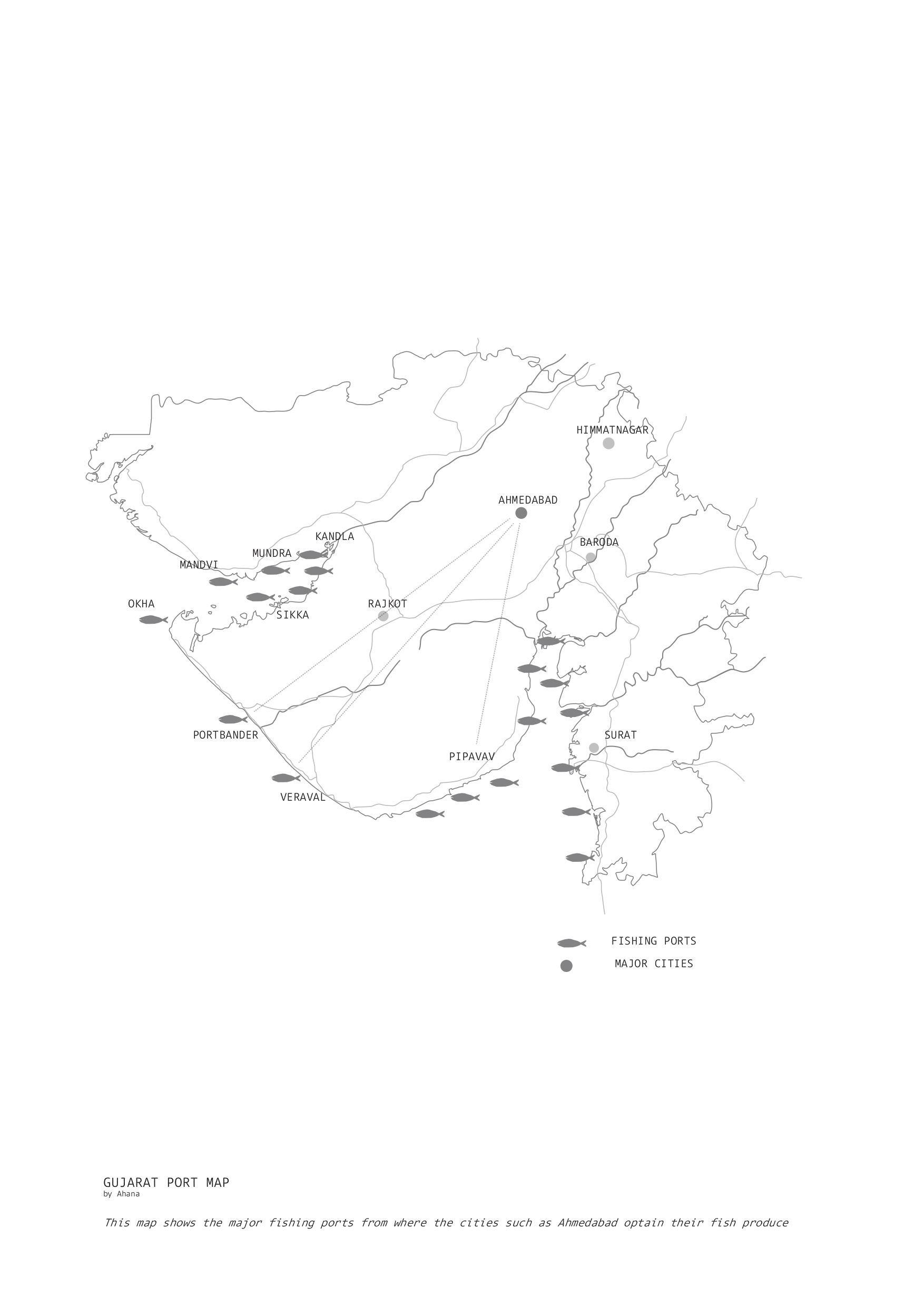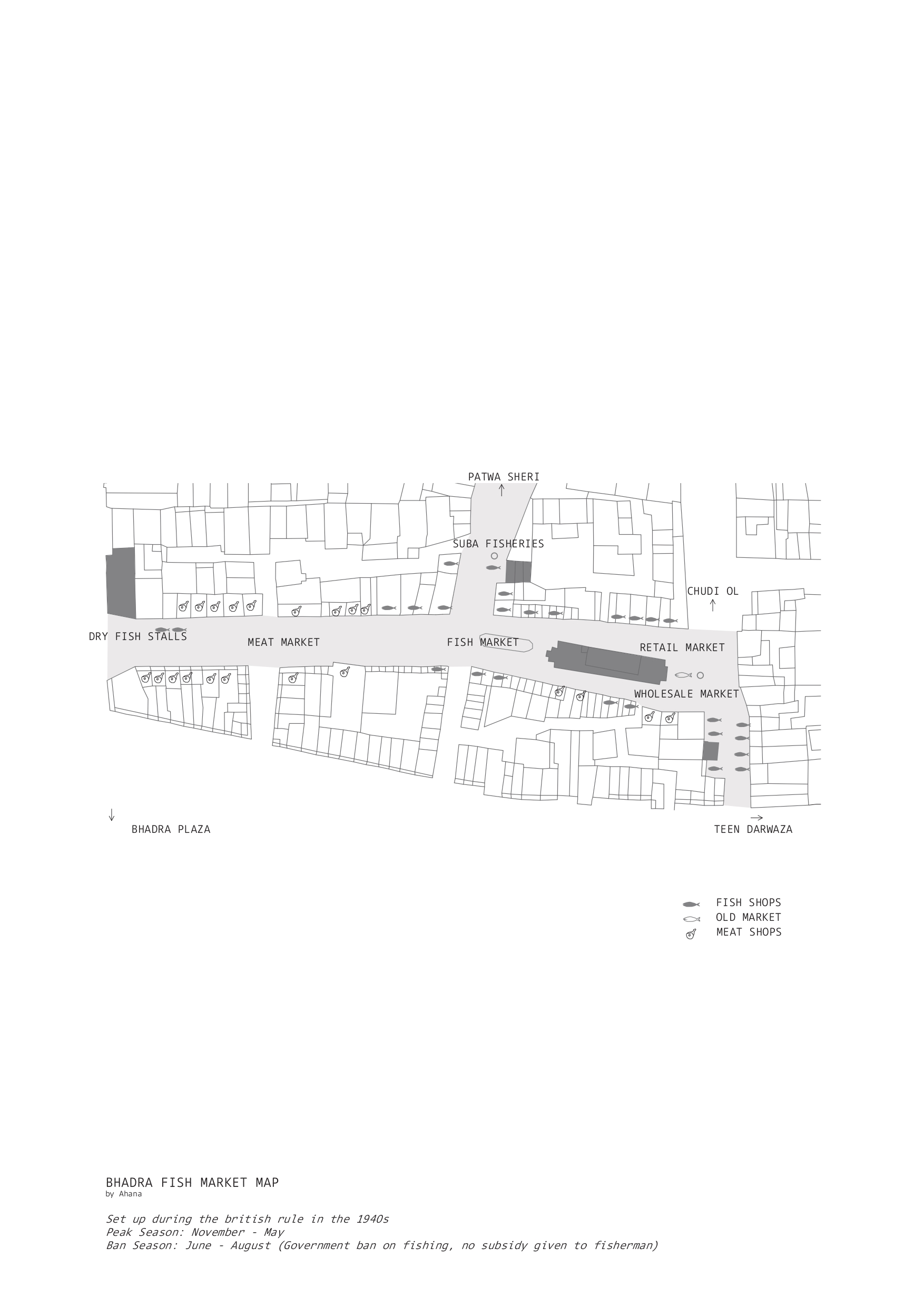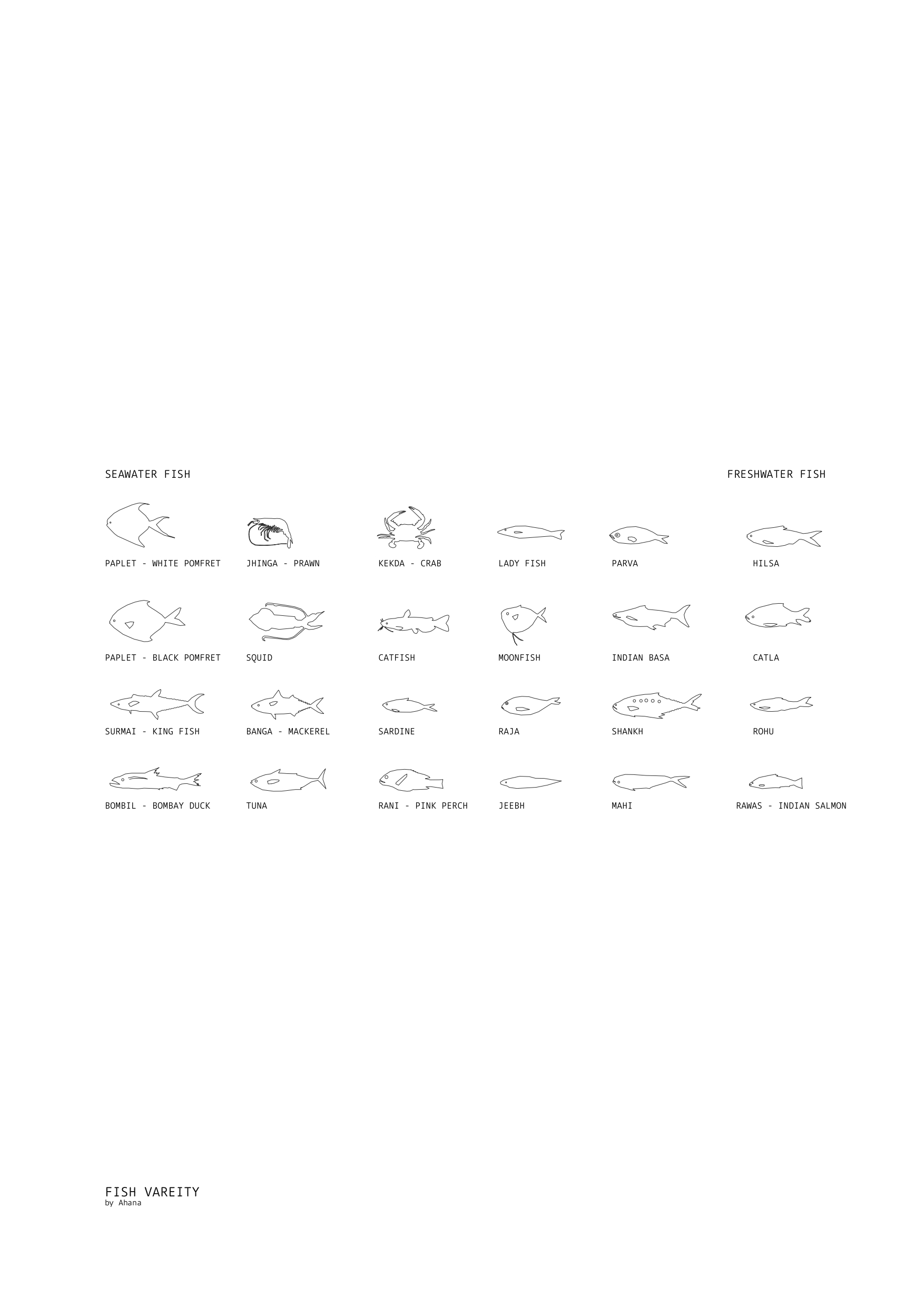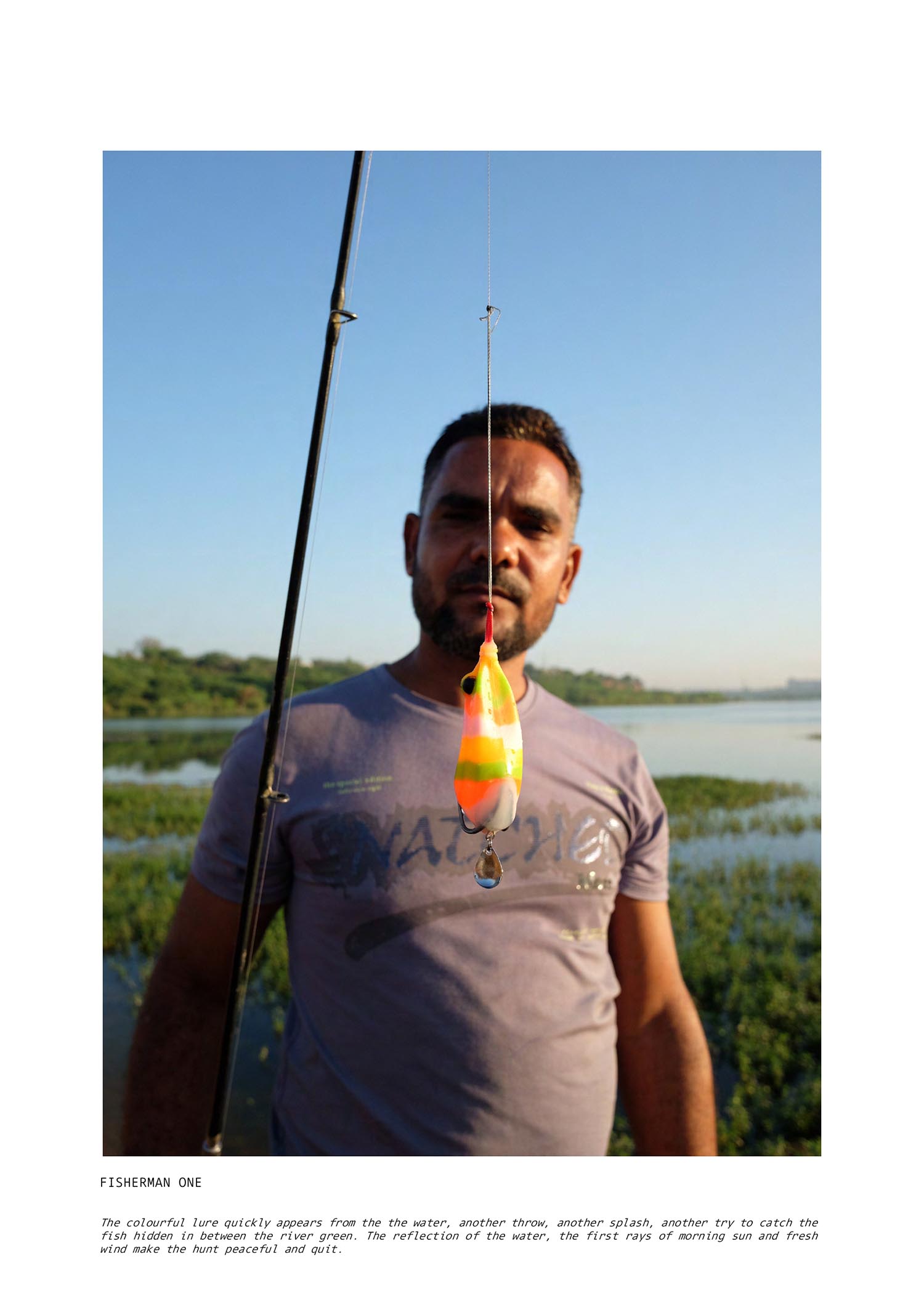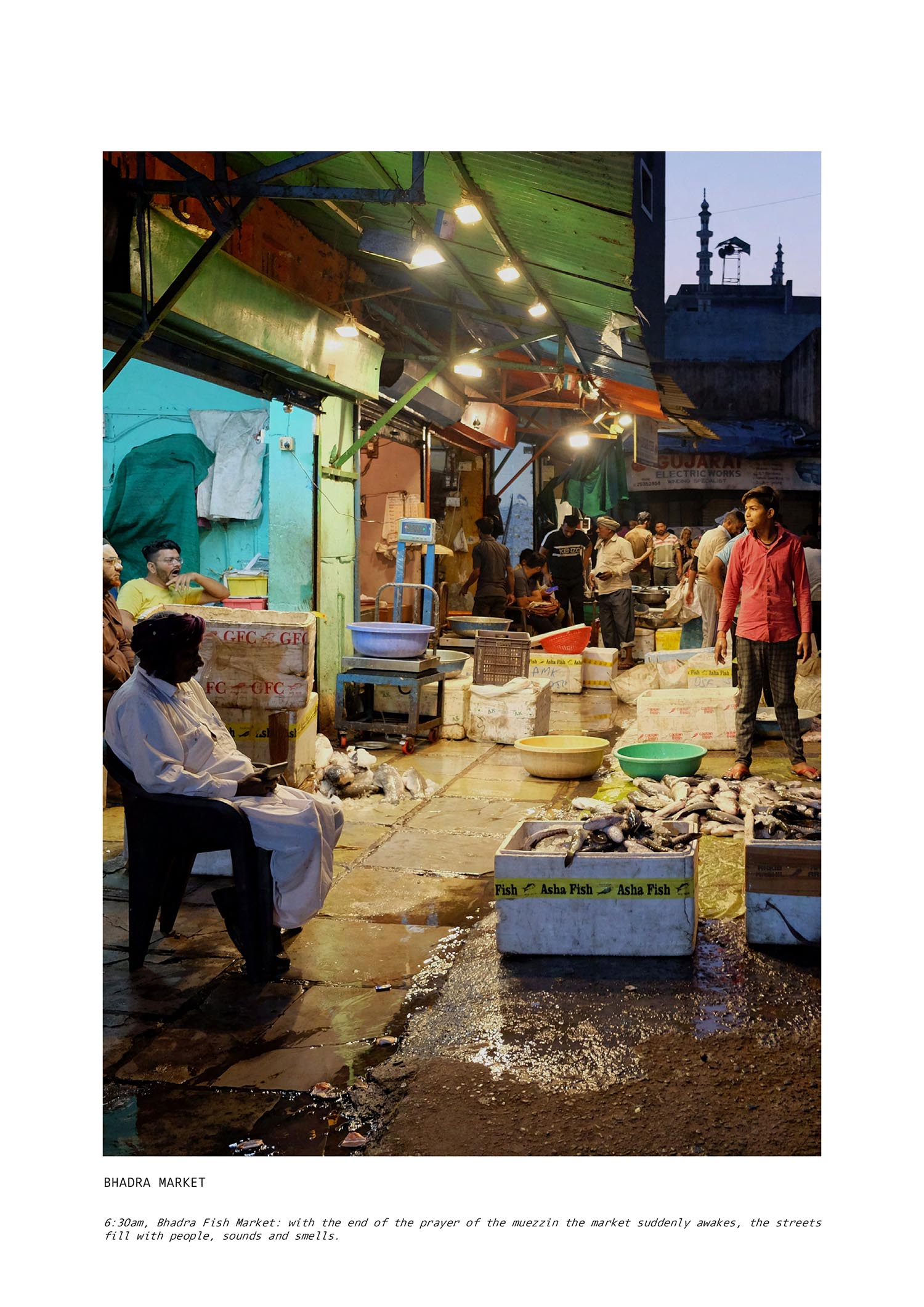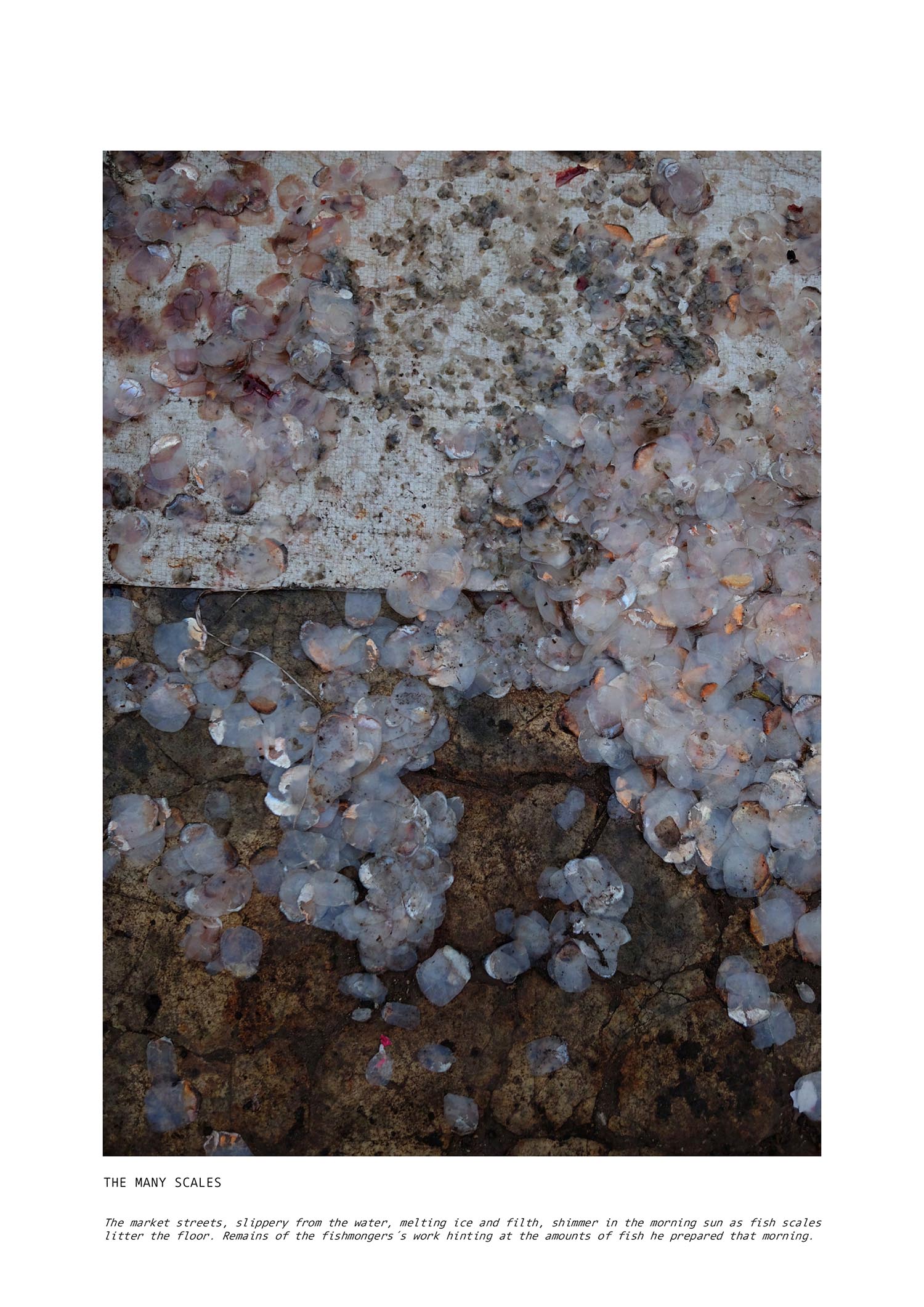Located in the western part of India, Gujarat is surrounded by the Arabian Sea and has a long coastline of about 1600 km. It is one of the most densely populated states in India, with over 600 lakh people. Although it is not widely known, fishing is a significant economic driver in Gujarat, with an estimated 40 lakh people depending on it in some way. The state is the largest producer of marine fish in India, accounting for around 40% of the country’s total marine fish production. It is also the second-largest producer of freshwater fish in the country, after Andhra Pradesh. The fishing industry in Gujarat has undergone significant changes in recent years. The state has seen a surge in demand for fish as more people are consuming it as part of their regular diet. This has led to an increase in the number of fishing boats, resulting in overfishing in some areas, potentially damaging the ecosystem, and threatening long-term sustainability. The state government has taken several steps to regulate fishing in the state, such as introducing a ban on trawling in certain areas and setting up a Marine Fisheries Advisory Board.
Furthermore, aquaculture is heavily promoted by the government to reduce the country‘s dependency on wild fish. Despite these efforts, overfishing continues to be a major problem in Gujarat. According to the latest data from the Marine Products Export Development Authority, the total marine fish production in Gujarat was estimated to be around 6.5 lakh metric tonnes in 2020–21. This was a significant increase from the previous year, when the production was estimated to be around 4.7 lakh metric tonnes. Concerning freshwater fish production, Gujarat is the second largest in the country, with an estimated production of 1.5 lakh metric tonnes in 2020–21. The year before, the estimated production was to be around 1.2 lakh metric tonnes. To tackle upcoming problems of long-term sustainability related to fish production and the growth of the fishing economy, it is vital that the systemic chains in place that bring fish to the plate on a daily basis be understood in depth and on different scales, both at the macro and the micro level. These systems are interwoven, made up of chains of individual parts that create a whole. Some of these parts I wanted to document through this photo series in Ahmedabad: the narratives of the local fisherman, the logistics of delivering the produce, market vendors, fishmongers, and the support system such as the distributors, ice vendors, and others. Through this project, I wanted to emphasise these parts of the systemic chains as an introduction to a deeper understanding of the unseen parts of the fish market and the narratives of people.




